
ToothPain After Filling
Dentalrestoration, more commonly known as tooth filling, is essential topreserve teeth structure. Tooth decay is the main reason for dentalrestoration. There are many available methods to determine the extentof tooth decay, including direct observation, dyes that detectcavities and X-rays of the jaw.
However,it is not only tooth decay that can necessitate tooth filling. Brokenor chipped teeth can sometimes require filling to replace the missingpieces, while filling is sometimes necessary for teeth that have beenworn down by grinding (called 'bruxism') or nail biting. Tooth painafter filling has several causes, some of which require a follow-updentist visit.
Painexperienced when one bites down on the tooth in a normal manner isdue to the filling changing the person's natural bite. Typically, thepain does not last for too long and the bite will conform to the newshape, but in some cases a refilling is necessary to fix the problem.When touching two metallic fillings together in the mouth, a smallstatic shock may occur, which can be misconstrued as pain in thetooth itself.
Causesof Tooth Pain after Filling
Occasionally,the filling will not have taken the correct shape in the tooth or thebite. A metallic filling needs to be polished correctly to create acomfortable shape that does not obstruct the normal function of theteeth. The filling may have to be reshaped in this case.
Sometimesteeth next to the filled tooth can catch pain signals from it, whichis called referred pain. These teeth may not even be affectedduring the filling procedure. This pain should fade quickly if it isthe case that the teeth are simply feeling the pain that the filled toothshould be. If not, a dentist may need to examine the problem.
Toothpulp trauma is another possible cause of tooth pain after filling.The dentist will determine whether or not the inside of the tooth ishealthy before filling it. It is not easy to determine this, so thereare (rarely) some mistakes made. Perhaps the inside continueddeteriorating after the dentist deemed it to have stopped. In anycase, if this problem persists, a root canal may be required toremove the pulp inside the tooth.
Aftera root canal treatment, a patient may experience pain. This isperfectly normal and is not because of an error of the dentist.
PainRelief
Thereare quite a few options for relieving the pain of a tooth. The samedentist that performed the filling should first be notified of thepersistent pain; they can best diagnose the cause and suggest atreatment. They will usually prescribe one or several pain reliefmedications. Some home remedies such as aromatherapy and acupressurecan prove beneficial too, as can certain desensitisation toothpastes.Regular tooth care and dentist check-ups are advised to preventfurther tooth pain and to avoid necessitating tooth filling in thefirst place.


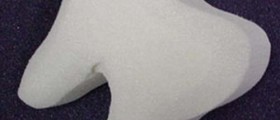


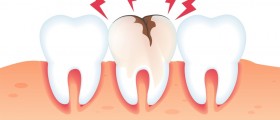

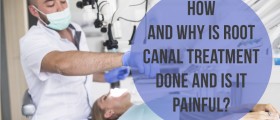


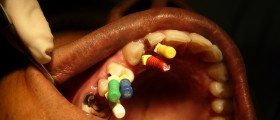





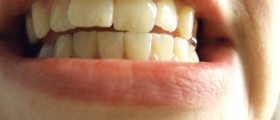
Your thoughts on this
Loading...